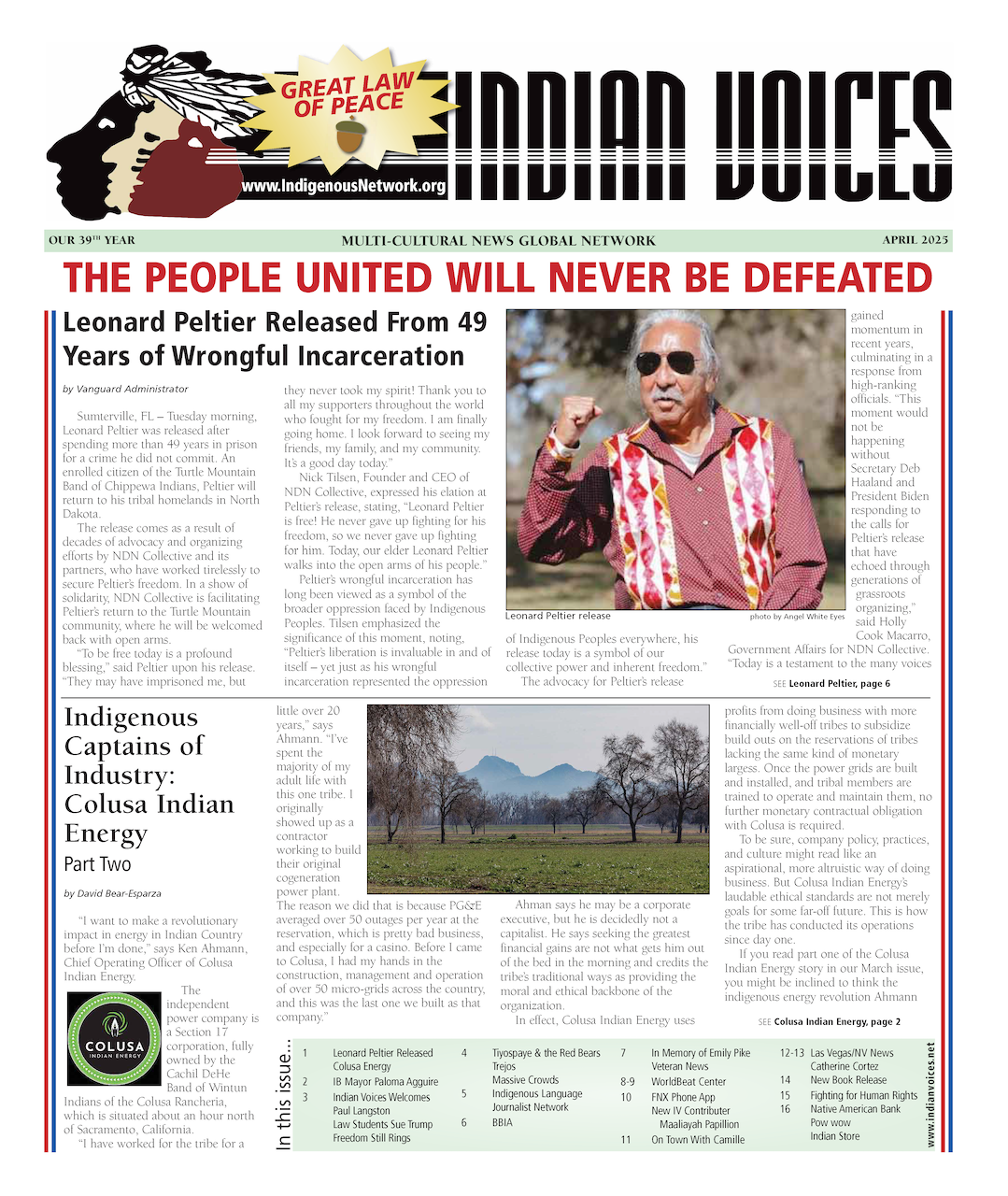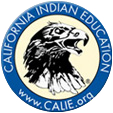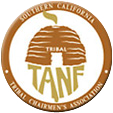By William Loren Katz
Christmas Eve 2012 marks the 175th anniversary of an heroic battle for self-rule and liberty by a daring band of American freedom fighters traditionally ignored by school courses, texts and teachers. On the northeast corner of Florida’s Lake Okeechobee 380 to 480 members of the multicultural Seminole nation under the command of Wild Cat, and John Horse, his African Seminole second-in-command, prepared to face invading colonial armies twice their size led by US Colonel Zachery S. Taylor, a Louisiana slaveholder and career soldier, had a reputation as an “Indian killer” that would take him to the White House as 12th President of the United States. His Seminole foes, with a history of armed resistance to foreign domination, were defending their sovereignty and land.
US slavery lay at the heart of US policy that day. Its Constitution embraced and protected slavery, and granted southern planters additional electoral power because they owned Africans. Until 1860 slave owners sat in the White House two thirds of the time, constituted two thirds of Speakers of the House of Representatives, two thirds of Presidents of the U.S. Senate and 20 of the 35 U.S. Supreme Court Justices. Slaveholders were supported by northern merchants, trade partners and “dough face” politicians. Federal officials dared not challenge slaveholders.
Around the time 55 white patriots in Philadelphia donned white wigs and wrote a Declaration of Independence, the Seminole nation, seeking to escape persecution under the Creeks, sought independence by fleeing south to Florida. Africans who had earlier escaped bondage in Georgia, Alabama and the Carolinas and found refuge in Florida welcomed them.
The African runaways instructed Seminoles in tropical methods of rice cultivation they learned in Senegambia and Sierra Leone. On this basis the two peoples forged an unbreakable agricultural and military alliance and multicultural nation.
Florida’s independent and successful Black Seminole communities did more than refute most pro-slavery arguments. They also made Florida a beacon that could attract southern runaways, and offered escapees a haven. Slaveholder posses began to invade Florida, and pro-slavery legislators demanded US military action against Spain.
Florida’s armed multicultural communities consistently fought off British slave-hunters, then US slave-catchers, and large southern white incursions. Finally, in 1811 President James Madison initiated covert US actions to overthrow Seminole rule.
In 1816, General Andrew Jackson commanded General Gaines to attack Florida’s “Fort Negro” and “restore the stolen negroes to their rightful owners.” The new nation’s first large scale foreign invasion moved southward along the Apalachicola River. US Army Colonel Clinch reported to Washington:
The American negroes had principally settled along the river and a number of them had left their fields and gone over to the Seminoles on hearing of our approach. Their cornfields extended nearly fifty miles up the river and their numbers were daily increasing.
When a heated cannon shot hit “Fort Negro’s” ammunition dump, the explosion killed most of its three hundred defenders.
Then in rapid succession, Jackson invaded and claimed Florida, the United States purchased it and dispatched an army of occupation. But Seminole resistance continued until 1858.
In June 1837 U. S. Major General Sidney Thomas Jesup, the best informed US officer in Florida, described how Seminole unity and strength posed clear and present dangers to slaveholders:
The two races, the negro and the Indian, are rapidly approximating; they are identical in interests and feelings . . . . Should the Indians remain in this territory the negroes among them will form a rallying point for runaway negroes from the adjacent states; and if they remove, the fastness of the country will be immediately occupied by negroes.
Six months later, on Christmas Eve, Colonel Taylor ordered his armies -- 70 Delaware Indians, 180 Tennessee volunteers, and 800 US soldiers -- forward. Seminole marksmen were perched in trees or hiding in the tall grass. The first shot sent the Delaware fleeing. Tennessee riflemen plunged ahead until a withering fire brought down their commissioned officers and then their noncommissioned officers. The Tennesseans fled.
Taylor then ordered his Sixth US Infantry, Fourth Infantry and his own First Infantry Regiment forward. But pinpoint fire brought down, he later reported, "every officer, with one exception, as well as most of the non-commissioned officers" and left "but four . . . untouched." After a two and a half hour battle the outnumbered Seminole forces fell back to their canoes and escaped. On Christmas Day Colonel Taylor counted 26 U.S. dead and 112 wounded, seven dead for each slain Seminole, and he had taken no prisoners.
Lake Okeechobee stands as the most decisive US defeat in more than four decades of warfare in Florida. But after his survivors limped back to Fort Gardner, Taylor declared victory -- "the Indians were driven in every direction" -- and the US Army promoted him.
Lake Okeechobee was part of the disastrous Second Seminole War that took 1500 US military lives, cost Congress $40,000,000 (pre-Civil War dollars!) and left thousands of soldiers wounded or dead of disease. Seminole losses, particularly civilians, were undoubtedly much higher.
Today the story of Lake Okeechobee largely remains buried or worse. When President Taylor died in office, Abraham Lincoln honored him at an Illinois memorial on July 25, 1850. "He was never beaten," Lincoln said, and pointed to Florida: ". . .in 1837 he fought and conquered in the memorable Battle of Lake Okeechobee, one of the most desperate struggles known to the annals of Indian warfare."
A century and a half later famous Harvard historian Arthur Schlesinger Jr. wrote in The Almanac of American History: “Fighting in the Second Seminole War, General Zachary Taylor defeats a group of Seminoles at Okeechobee Swamp, Florida.”
The United States needs to face its history and honor its brave freedom fighters, all of them.





